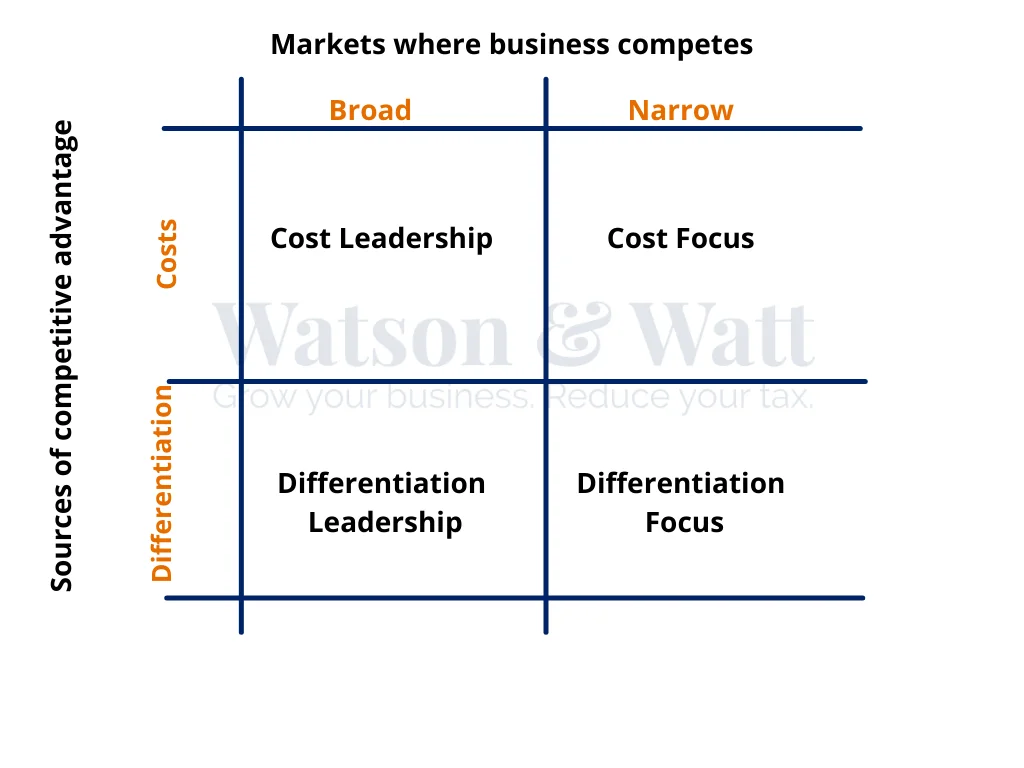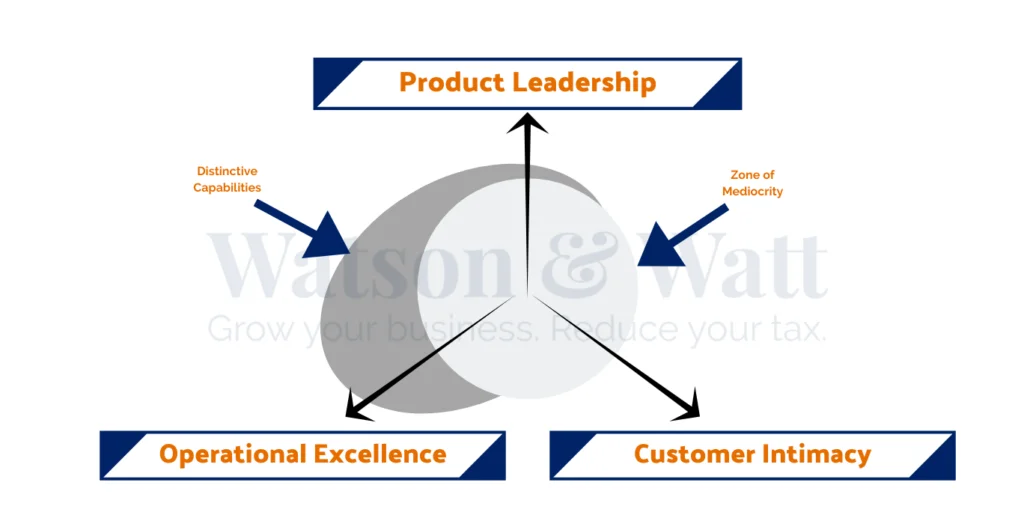Have you ever given thought to what your offering your customers?
I mean, more than the names of the products and services you provide?
What is it they are actually buying?
As the old saying goes, people don’t want a drill. They want a hole in the wall.
(The expansion on this, is that people don’t actually want a hole in the wall they want to hang a picture. Then the expansion on that is they don’t want to hang a picture, they want their room to look a certain way).
So yes, you might sell drills, but you’re providing solution to their problem by means of your product.
Taking this thought process one step further, what is the difference between the cheap and cheerful drills at Bunnings from a brand you’ve never heard of that will last about 20 holes, and the super pricey brand names that have ads on the telly? I mean they both give you the hole you want right?
So obviously there are more things the buyers of these drills value then just the solution to a one-time need for hole in the wall.
Obviously, different buyers will have different perceptions of “value”. I for example have drilled maybe 50 holes in my adult life, so do I really need the power, reliability and quality of a big brand/commercial type drill or will the almost disposable one do the trick for me?
Related Content
My father in-law on the other hand wouldn’t dream of buying anything that isn’t commercial grade, even though he’s not a daily user.
So in this basic example you can see two products, that on the surface do the same thing. The price of one is dramatically different to the price of the other. Does that mean one of them is making way more money than the other? Doubtful. That’s like saying Aldi doesn’t make as much as Woolworths.
Now rather than asking why they do it, ask yourself “how do they do it”? (because the answer to this, you can use in your own business to become a market leader).
How can a supplier of drills manufacture, distribute and sell their drill for the fraction of the cost of other drills? I mean think about it. Both still have to pay rent on a factory, pay staff, buy manufacturing robots, ship it to Australia etc.
Depending on how far into business readings you’ve gone, you may have heard of a guy called Michael Porter. He’s considered to be the father (grandfather?) of modern strategy.
Back when he was young whipper snapper at Harvard, he came up with some theories that tipped business on its ear. You may have heard of Porter’s 5 forces, Porter’s Value Chain or Porter’s Generic Competitive Strategies. He’s that Porter.
And yes he’s still at Harvard, and although critics have picked these things to bits over the years, they are arguably yet to come up with superior frameworks for these respective issues.
Competitive Strategies
Porter’s Generic Competitive Strategies says that a business’ relative position in the industry determines whether profitability is above or below the average in the industry, and that the fundamental basis for above average profitability in the long run is sustainable competitive advantage (a term used incorrectly and ad nauseam).
In other words, to make better than average profits, you need to have some sort of advantage that your customers don’t.
In this framework Porter came up with the 2 generic ways to achieve sustainable competitive advantage in this nifty little 2 x 2 matrix;

In basic terms this means there are 2 ways to achieve competitive advantage; low cost or differentiation.
The business, can then choose to target the broader market, or “Focus” on a narrower segment (these days its referred to as a niche) in its “Competitive Scope”.
You will have probably heard of this stuff over the years and you can see it in action all over the place. Qantas v Jetstar, Telstra v Dodo etc etc.
You May Also Like
Now as good as these strategies are, it was very hard for the lay person to really understand how to actually go about this. I’ve read the original material Porter put together and I still scratch my head a bit.
So a few years later it basically got a rework into a more easily digestible book called “The Discipline of Market Leaders” by people other than Porter.
In this book they expand on and tweak Porter’s strategies to come out with 3 “value disciplines”;
1. Customer Intimacy (aka differentiation Focus)
2. Product Leadership (aka differentiation Focus)
3. Operational Excellence (aka cost leadership)
Which are terms you may of heard of and are way easier to explain than Porter’s 2 versions of Focus. However the big difference of The Discipline of Market Leaders was that they stressed the importance of how these value disciplines are central to how a business does business.
These value disciplines aren’t “strategies” that get bolted onto your business model.
The value disciplines are your business model.
You see, if you want to be operationally excellent, like Bunnings is. Every facet of the organisation needs to work towards this end.
You can’t be operationally excellent to deliver lowest total cost if the organisation is bloated and inefficient.
Likewise if you want to be a product leader, that is continually offering the best product by innovating year after year (like Apple), then a hierarchical management structure emphasising time sheets and checklists isn’t going allow creative people to dream up products and services which have never existed before.
First and foremost, not by trying to be all things to all people. You can’t try to be more than one of these. Each one of these is mutually exclusive. Trying to do more than 1 will result in mediocre performance in them all, ending you up in the Zone of Mediocrity (and not making a choice is the same result).

Now this is not to say you can focus on just one discipline to the detriment of the others. You still need to offer the others at an acceptable level.
For example, if Bunnings in it’s desire to be the lowest cost guaranteed, had run down, non-maintained stores that were dirty, and no customer service staff it would put customer off.
Lowest Cost, would become Cheap & Nasty in the minds of customers. In other words, those areas need to be “Fit For Purpose”. They don’t need air-conditioning, tiled floors and false ceilings to hide the rafters, electrical & plumbing, but they do need to be looked after and serve the purpose.
So the important part here is working out what you need to excel at, and what you need to be “fit for purpose” at.
y doing this your business will excel where your competitors who have made no choice, or chosen to be mediocre, will wonder “How do they do it!?”
Now luckily these concepts have been around a while, and the hard work is already done for you. Once you understand and choose your target customer and the value you want to provide to them, you can build your business model from there.
The hard part, like always, is in the doing and that’s where we help with our business consulting.
